Mazda is a brand that has undergone an extensive transformation over the last decade. In addition to great driving dynamics, they have moved upmarket and expanded the lineup to have more SUV options than ever. So now that begs the question, who steps ahead when you compare the 2024 Mazda CX-5 vs. CX-30? Well let’s compare them to find out!
Pricing and Equipment
So, first off, to get things established, let’s quickly talk pricing for these two, since that will certainly be relevant in this discussion.
Starting with the CX-30, we are using a new trim for 2024 called Carbon Turbo. It’s a powerful and nicely equipped model, for an as-tested price of $34,640.
CX-30 (Carbon Turbo AWD): $32,790 | Options: +$475 | Destination: $1,375 | Total: $34,640
Moving to the Mazda CX-5, we selected a very similar trim in its lineup called Turbo Premium, but its extra size will mean extra expense, as expected. The as-tested price on that will be $39,480.
CX-5 (Turbo Premium AWD): $37,800 | Options: +$305 | Destination: $1,375 | Total: $39,480
By the way, if you want to get the best price from local dealerships and access to invoice pricing info for these two models or any vehicle, we have a tool on our website to do just that. Check here for more info.
Now as far as this comparison, it will be conducted objectively. We have done our best to weigh the points awarded throughout in major and minor categories, but at the end of the comparison we will sum up with our thoughts and revisit the price difference for a value assessment. With that being said, let’s get into this comparison!
Exterior Design
We will start off on the outside, and, of course, these two models are siblings, so we have similarities. While the CX-30 is the newer product in terms of when it debuted, the CX-5 has been updated to have the latest Mazda grille and both are finished in smoked chrome.
Both also have adaptive full-LED headlights but with different DRL designs and a fading separated turn signal on the CX-30.
But as we go around to the sides, this is where you will see a lot more substantial differences. For those of you that don’t know, and despite what the digits in the name indicate, the CX-5 is a compact crossover, while the CX-30 is a SUB-compact crossover, aka smaller. So the first big difference is the obvious 6-inch difference in length, which we will discuss at length when we get to the interior. But the other big difference is that the CX-30 uses a lot of cladding vs. the body-color lower surrounds on the CX-5.
Length: 173.0-inches (CX-30) | 179.1-inches (CX-5)
The CX-5 will also have one-inch larger alloy wheels, although both of them are finished in gloss black.
Heading out back, we have visual differences, but the features are the same, with LED taillights, exposed wipers and dual chrome exhaust tips.
If you’re interested in towing small objects, the CX-5 is rated to handle 2,000 lbs, while the 30 is not rated to tow.
Additional Features
Now checking out some of the individual odd and end features, both of their mirrors have heating and blind spot monitoring, and the CX-5 adds power-folding as well.
Both models are going to include all the major active safety features, and, of course, their warranties are the same as well.
But things are going to get even more interesting on the inside, so let’s get into that.
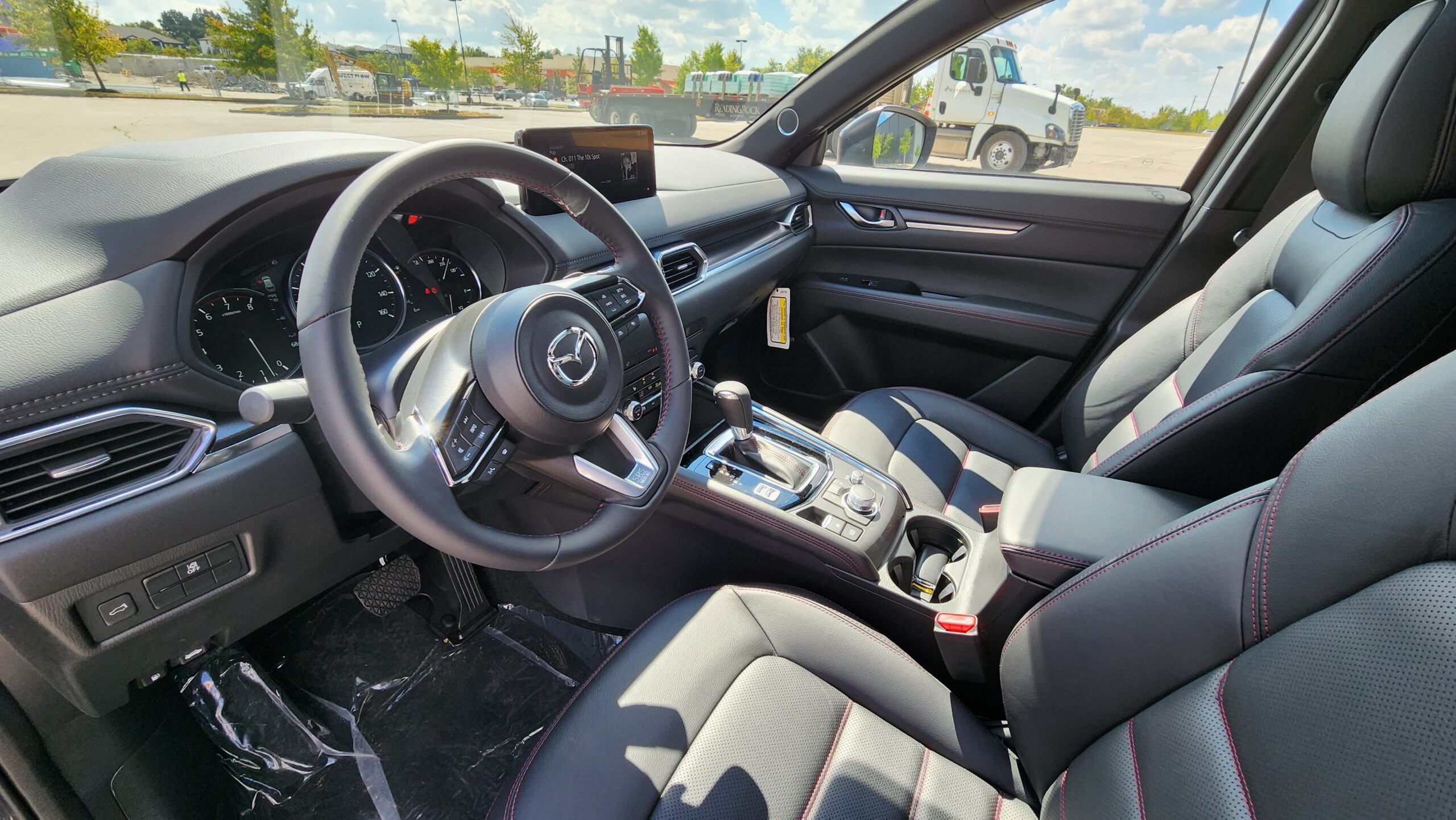
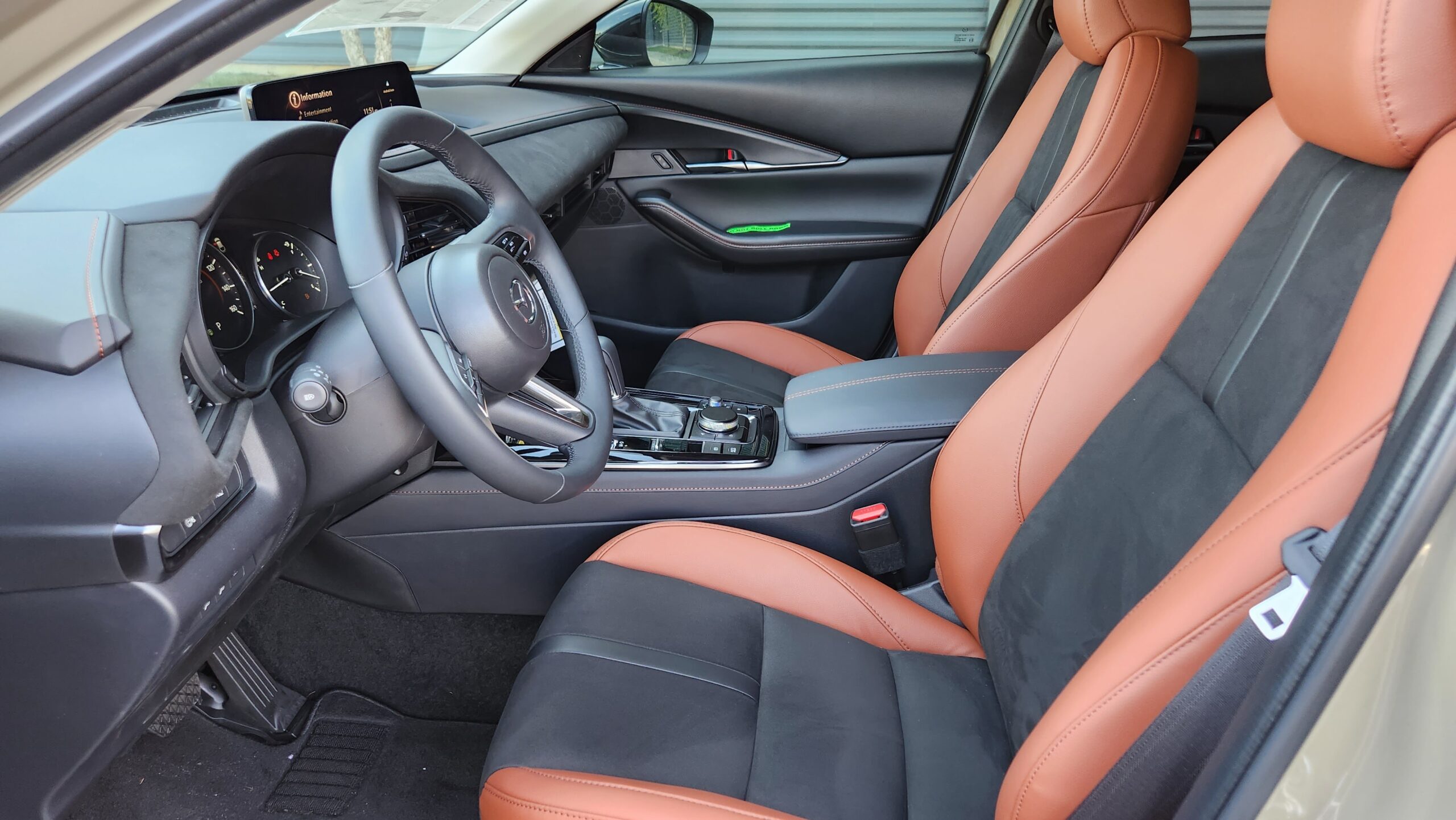
Interior Design
So, approaching the Mazda’s, you will find smart entry systems, as expected.
One difference to note though is that the CX-5 doesn’t have a sensor behind the door handle, so you have to press the button to unlock.
Now once you open the doors, you’ll find handsome interiors, that honestly don’t look all that similar. On the CX-30, we have a special Terra Cotta leatherette and suede combination seat, while our CX-5 has a more conventional black leather. The seats themselves are 10-way power adjusting, heated and have memory, but only the CX-5 have ventilated seats.
Now once we actually climb inside the cabins, we can check out the major point category of material quality. Mazda worked hard to make both interiors feel more luxurious than mainstream and both feel equal to each other. We have generous use of padded leatherette on the door trims and upper dashboards, along with extremely solid feeling plastics and amazing fit-and-finish.
Once you fire the two crossovers up, you’ll see the same partially digital gauge cluster on the Mazda, as well as a head up display on the CX-5.
They both have heated, leather wrapped steering wheels, along with rain sensing wipers.
Storage and Technology
But moving on to another major point, let’s talk interior storage. First, here at Car Confections, we like to a test called the donut test to check center console volume. Even though it doesn’t look like it, the CX-5’s narrower but deeper console can store 11 donuts vs. 10 in the CX-5, and then the other storage cubbies are pretty much identical.
Looking at the shifters, both are identical traditional ones, and neither of them will have the 360-degree camera systems that are offered only on top trim levels.
Now it’s time to sample and discuss the audio systems. The 5 comes with a branded Bose sound system, instead of an unbranded one in the 30. One benefit of the CX-30 though is the positioning of the speakers that frees up a lot of storage in the door trims.
CX-5: 10-speaker Bose CenterPoint audio
CX-30: 8-speaker audio
Alright, so now let’s talk about the displays. With Mazda’s latest round of updates, both display are 10.25-inches and now have some touch abilities when using the wireless AA and ACP systems. The CX-5’s screen is mounted much closer to the occupants but they both have the traditional rotary controls down by the shifter as well.
As we wrap up the front of the cabins, the CX-5 has an auto-dimming rearview mirror and both of them have traditional sized sunroofs.
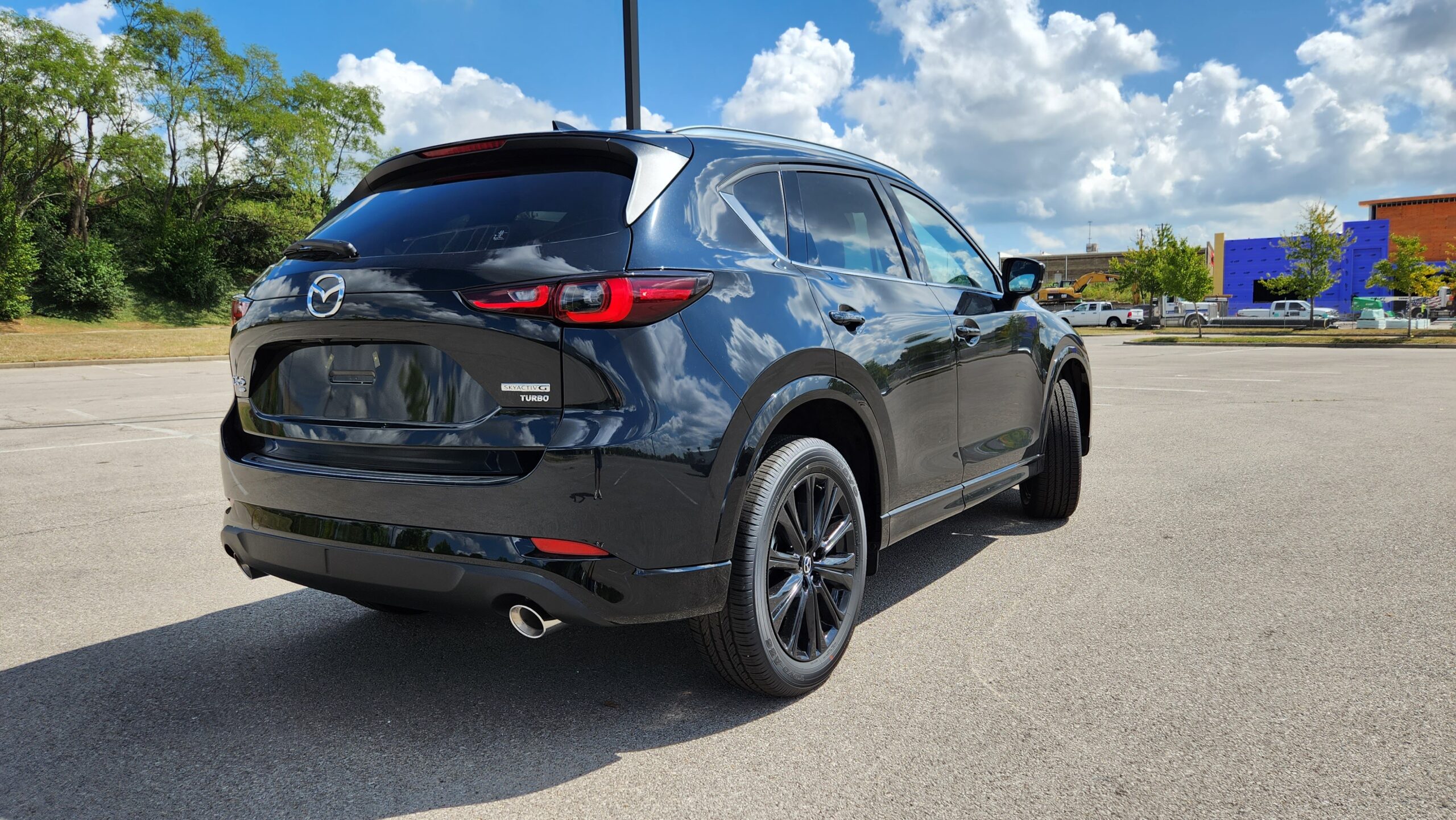
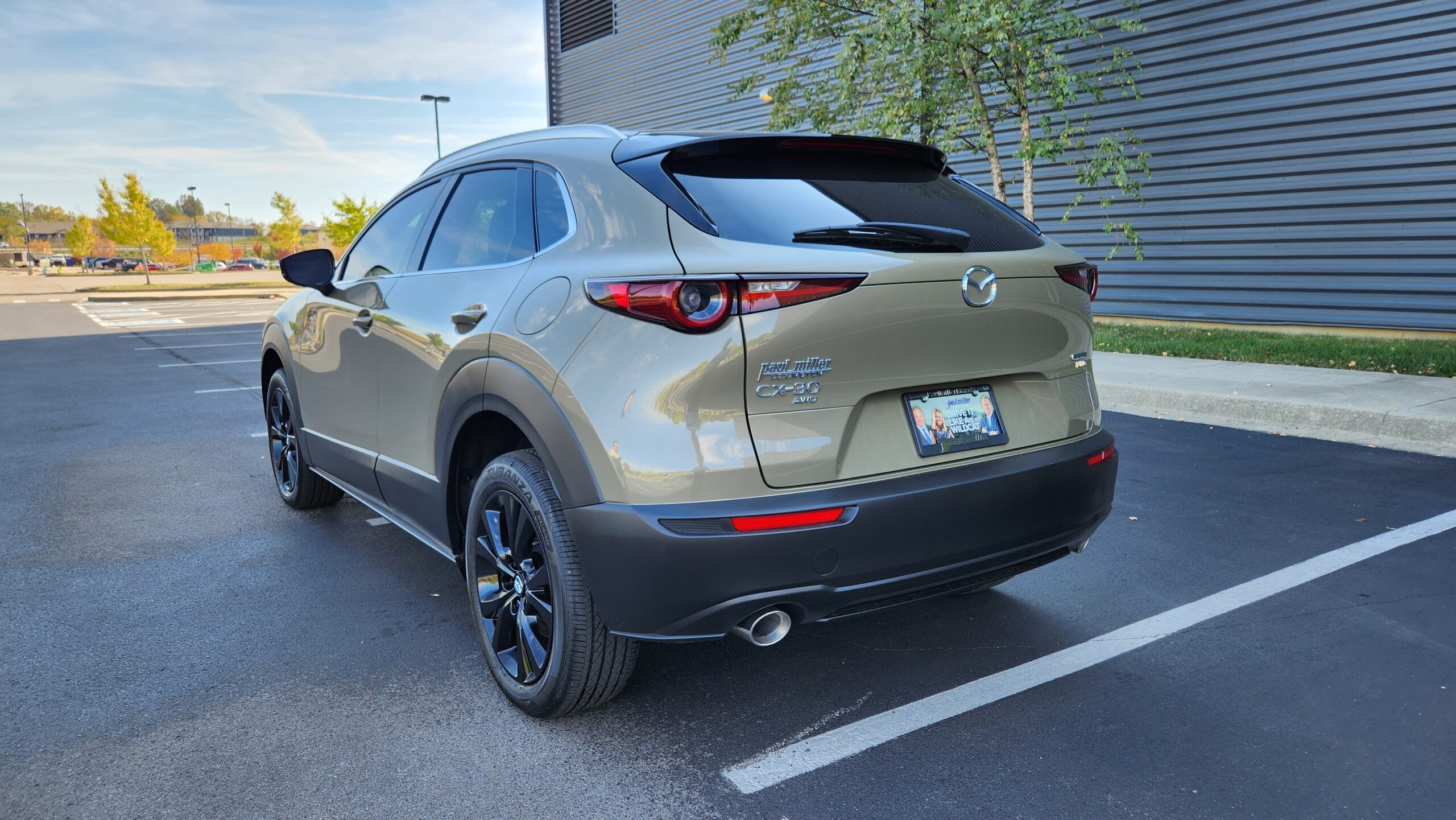
Rear Seats and Cargo
So, as we go the rear areas, let’s see how they stack up. The CX-5 isn’t known for being particularly spacious in its class, but even still, it’s going to be above the sub-compact CX-30 by a good margin for legroom. We have an advantage of about 3-inches for legroom, but a smaller .7-inch difference for headroom, which isn’t greater than the 5% difference needed to score a point.
CX-30: Legroom: 36.3-inches | Headroom: 38.3-inches | Observed Knee Room: 3.5
CX-5: 39.6 inches for legroom | 39.0-inches headroom | Observed Knee Room: 5.0
As far as the features back here, both models have rear vents but only the 5 adds 2 USB ports and heated rear seats.
Moving out back, the CX-5 includes a power liftgate, and it’ll also include a good deal more space. By that, I mean 27% more maximum capacity when you have the seats folded flat, and 42% more space behind the rear seats. This is probably the #1 thing to consider when picking between these two models.
Folding the seats is also more convenient with dedicated handles and 40/20/40 splitting.
CX-30: 20.2 cubic feet (behind seats) | 45.2 cubic feet (seats folded)
CX-5: Behind 2nd row: 30.9 cubic feet | Max: 59.6 cu.ft
Alright, we’re done with the interiors now, so now let’s wrap things up with the performance out on the streets.
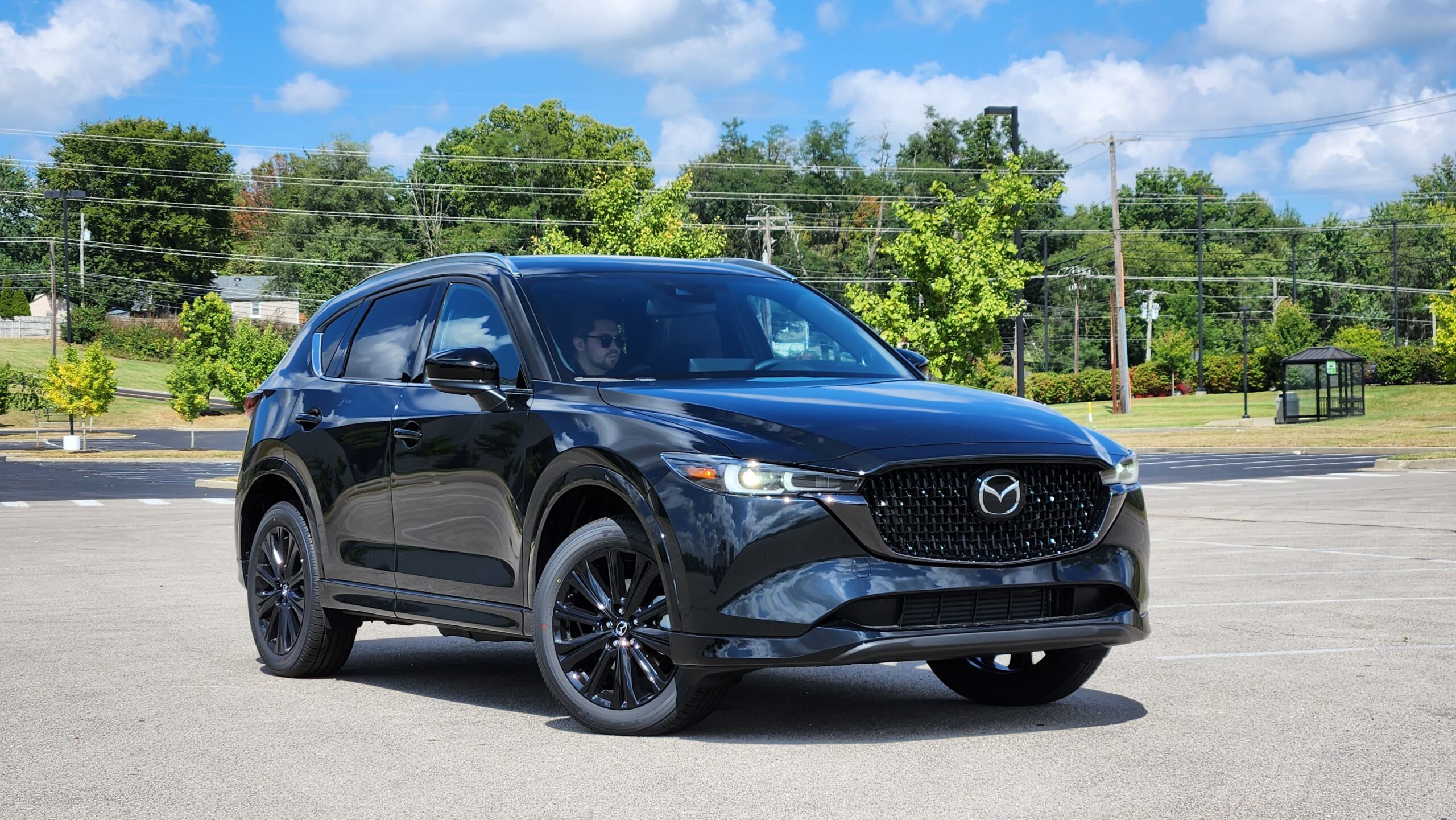
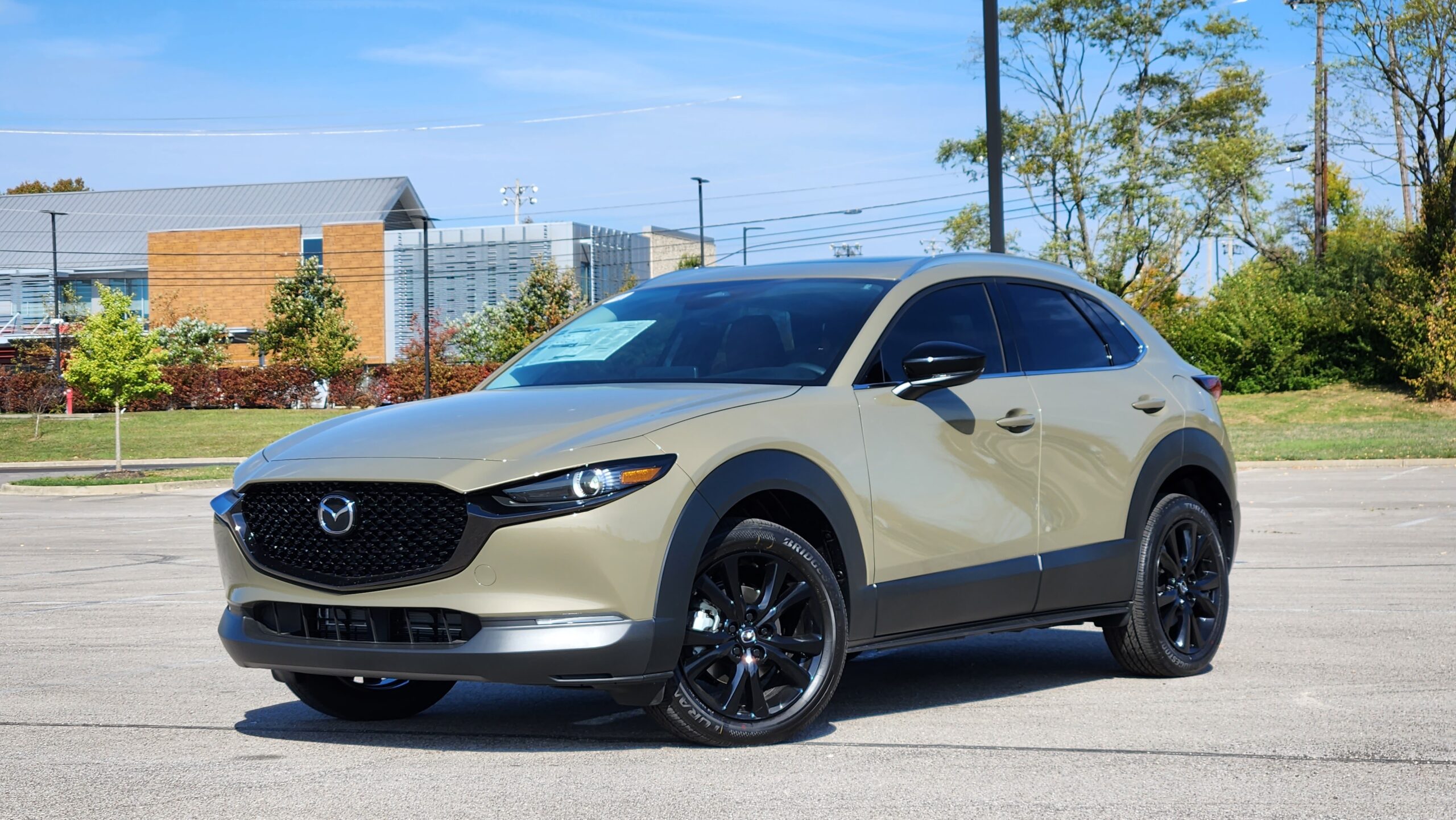
Powertrains
Even though these are two distinctly different products, when we look under the hoods, we are going to find the same powertrains. Both begin with 2.5 4-cylinder engines and then can upgrade to this 2.5L TURBO 4-cylinder engine, making 250 hp, or 256 in the CX-5, and 320 lb.ft of torque. Both are downright quick, and actually the smaller 30 is the one that can get to 60 MPH in under 6 seconds according to MotorTrend testing.
0-60 Times (MotorTrend Tested):
- CX-30 Turbo: 5.8s
- CX-5 Turbo: 6.1s
CX-30: 2.5L Turbo I-4: 250 hp | 320 lb.ft
CX-5: 2.5L Turbo I-4: 256 hp | 320 lb.ft
As far as the transmissions, we have traditional 6 speed automatics and standard AWD systems. While not the fastest transmissions, the extremely torque-rich engines compensate for having less gears.
Test Drive and Fuel Economy
These engines sound powerful, because they are, but after you get up to highway speed, you’re probably wanting to know which one is quieter. Here at Car Confections, we collect dB sound level readings of all the models we test, and at 55 MPH the CX-5 registers a little over 1 dB less noise. That is an amount that the average adult can hear a difference.
CX-30: 57.1 dB @ 55 MPH
CX-5: 55.8 dB @ 55 MPH
Now let’s talk about one of my favorite elements: driving dynamics. It’s hard to say enough good things about these two, because they handle like little sporty hatchbacks compared to the normal class offerings. Both of their steering racks are nicely weighted and very fast responding. The tradeoff is that these two Mazda’s ride a bit firmer than other rivals, but compared to each other, the CX-5 has the better ride quality.
Now for fuel economy, the smaller model gets slightly better combined MPG’s, but not by enough to matter. For max power, both models request premium fuel but will accept regular fuel for a small power downgrade.
CX-30: 22/30/25 MPG
CX-5: 22/27/24 MPG
The space king pulls ahead!
So, there you have it; the CX-5 is definitely the objective winner before you factor in pricing and it gets much closer with that factored in! Let’s recap and talk about which one should be your winner.
CX-30:
- Obviously, price conscious
- Smaller, nimbler city car (almost hatchback-like)
- Faster to 60 MPH
CX-5:
- More spacious throughout
- Higher-end interior finishes
- No cladding on exterior
Now we want to know your opinions, so make sure to head to the comment section and let us know which one you would pick!
Now we want to know your opinions, so make sure to head to the comment section and let us know which one you would pick! Thanks for joining us for another Car Confections comparison! Be sure to watch the full video below for all the details!

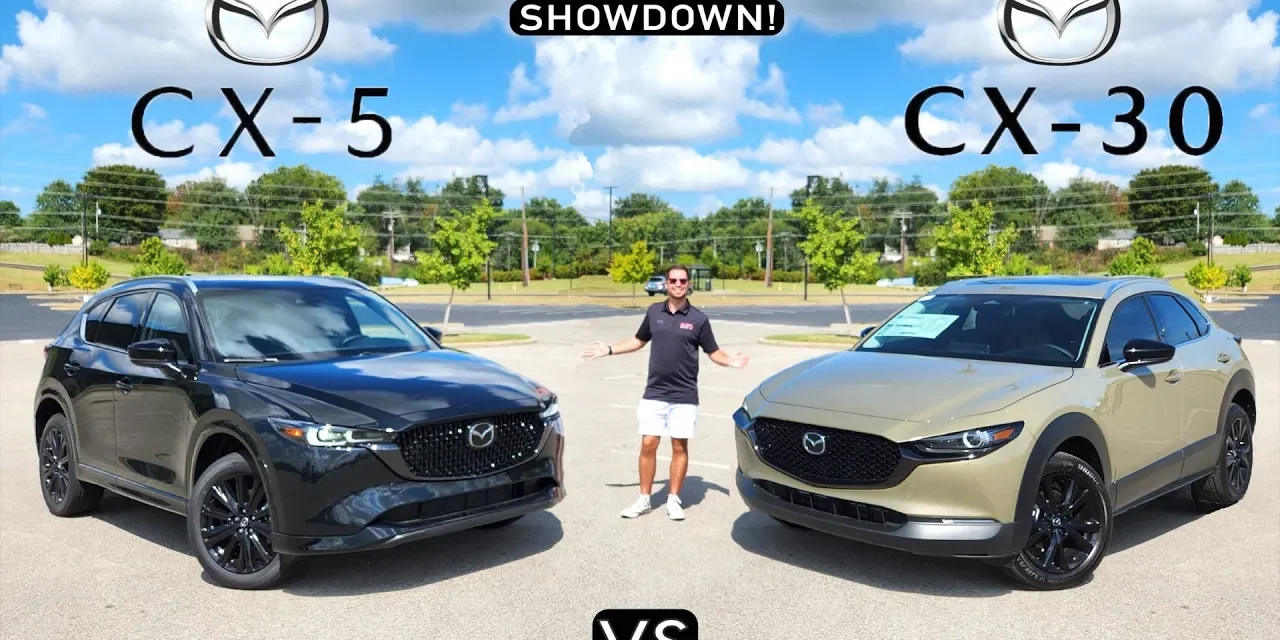
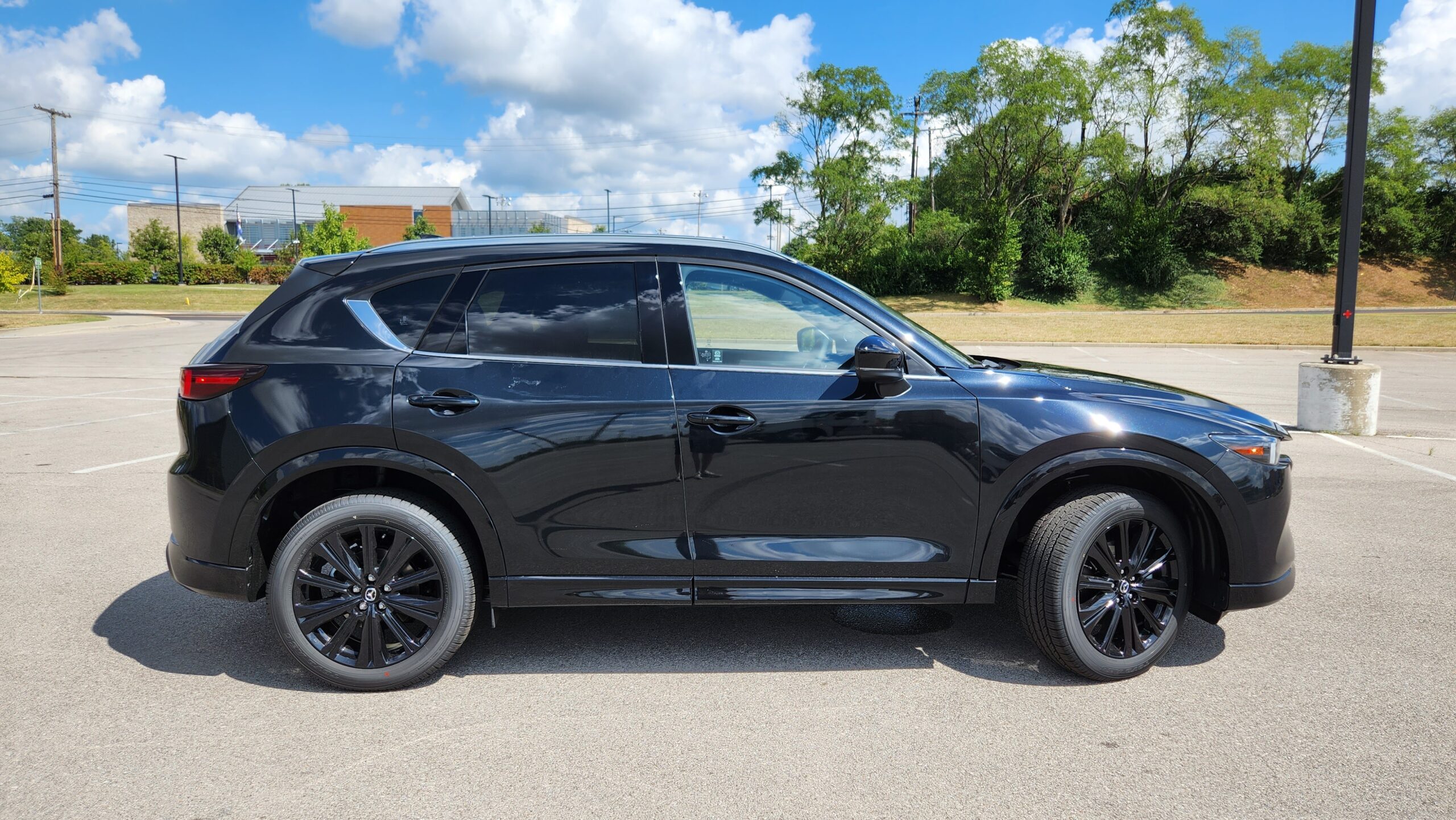
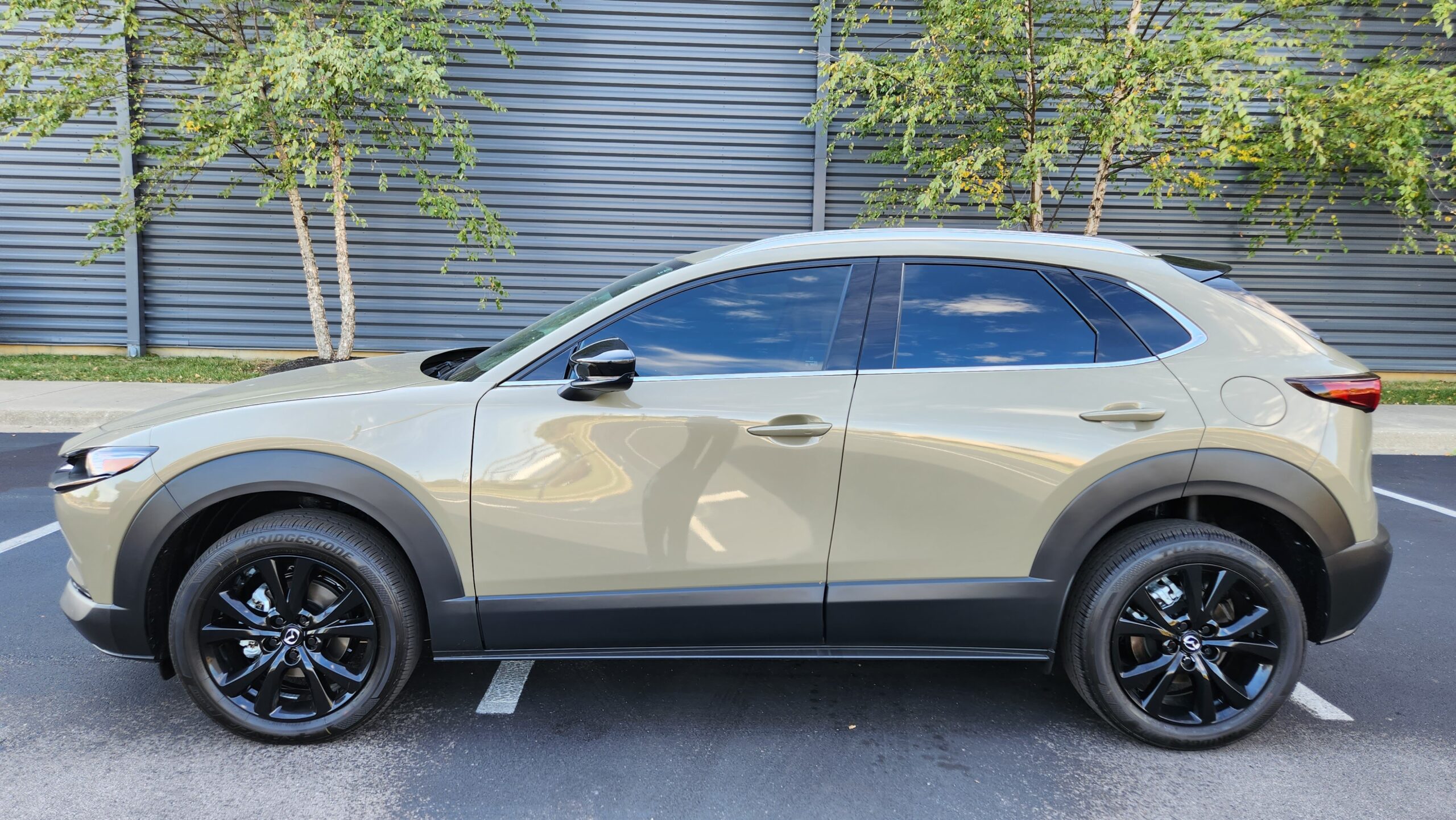

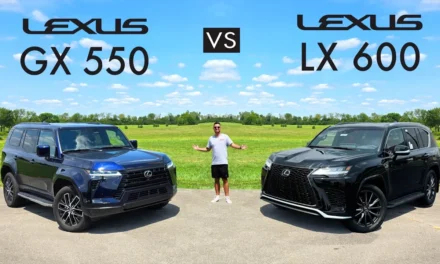








Recent Comments